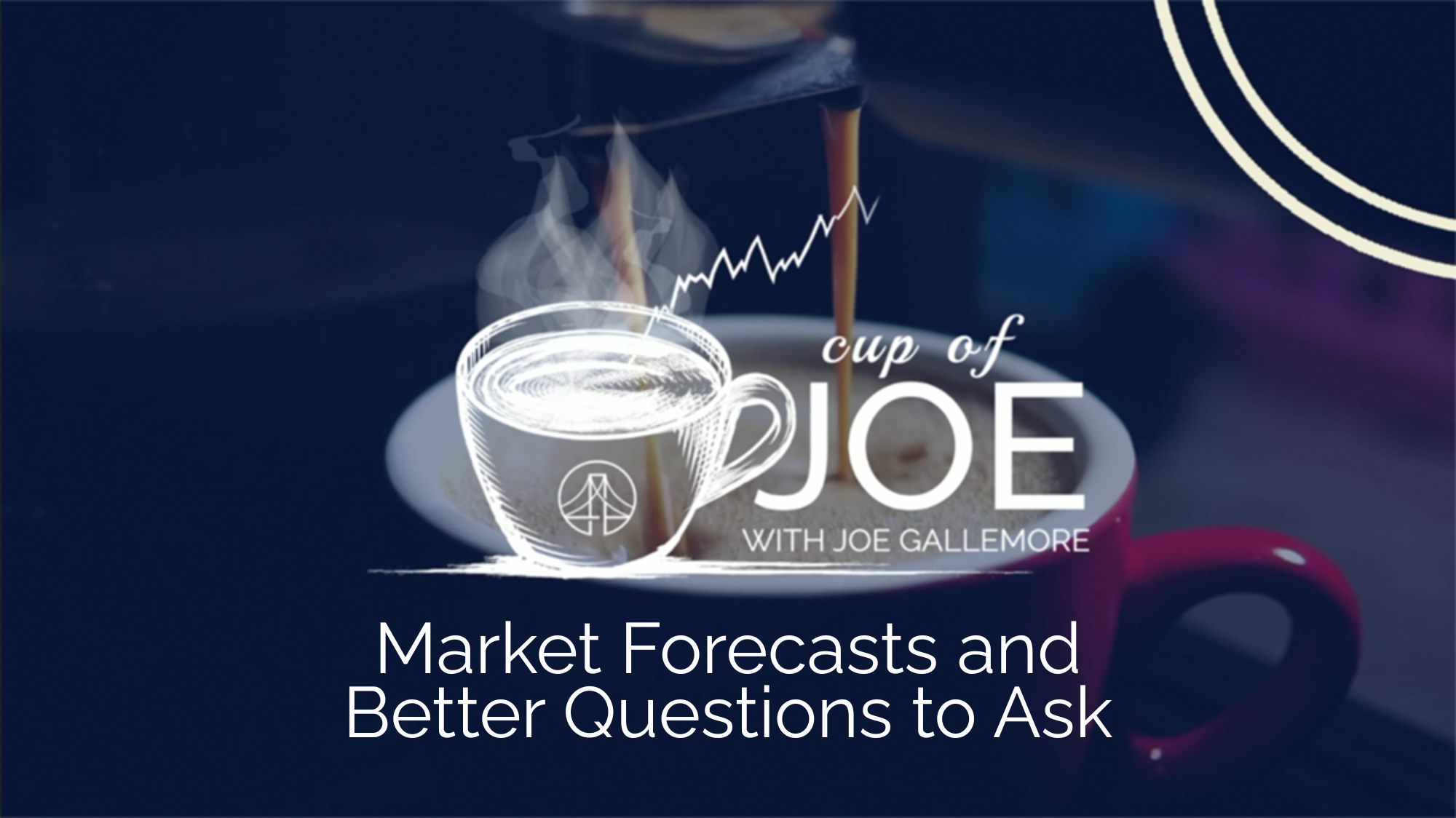Timing the Market vs Time In the Market
There’s a saying in investing that goes,
“It’s not timing the market, but time IN the market, that matters.”
This saying encompasses 3 key concepts for investors:
Timing the stock market is very hard, nay, impossible.
Staying invested through volatility is a reliably winning strategy.
Focus on longer term, rather than short term.
Watch August’s Cup of Joe
Get the full breakdown in this month’s video.
FAQs
What does “time the market” mean?
This refers to an investor’s attempt to get in and out of the stock market based on short-term market movements. Generally, trying to sell out before an anticipated market downturn and then buy back in at the bottom.
Why is timing the stock market difficult?
There are no reliable indicators that consistently signal what the market will do next. Markets often move unexpectedly. And on top of that, it’s human nature for emotions to cloud the rational thought process.
What is long-term vs short-term performance?
Historical stock and bond returns show that the longer you extend your time frame, the lower the odds are of a balanced portfolio experiencing a negative return. In this example, a “balanced” portfolio would be 60% S&P 500 Index, 40% US Aggregate Bond Index.

Joe Gallemore CIMA®, CExPTM
Partner & Director of Investment Management




